The scope of details based in Oxford and the people who dwelled there in Dodgson's two "Alice" books is far beyond the scope of a small article...for the definitive word on the subject I would turn an interested reader to the annotated version of Alice, where individual characters, episodes and sometimes isolated words are examined in rich detail and rooted out for their meaning and "logic" (the book even answers the question posed--but not answered--by The Mad Hatter, "Why is a raven like a writing desk...?"--one belated answer from a scholar amounts to "Poe wrote on both" but that's beside the point!)
What can be safely said is that most of the characters, and ALL of the illustrations, are rooted in people, places and things that were commonplace to kids of the Victorian era, specifically the kids the book was written for.
"Humpy Dumpty" is depicted as an "egghead," i.e., stuffy college Don dispensing unwanted advice while sitting atop an Oxford wall in one of Tenniel's illustrations. So too the Caterpillar is likely a depiction of a stuffy, philosophizing Don.
A Professor Bartholomew Price, known as the "Bat," was always talking above everyone's heads and had a distinct interest in astronomy and so was gently made the subject of mirth in Dodgson/Carroll's parody poem, "Twinkle twinkle little bat/ How I wonder what you're at/ Up above the world you fly/ Like a tea-tray in the sky!"
A depiction of a holy healing well in a stained glass window in a church in Binsley was the inspiration for a story in the "Mad Tea Party" sequence where Alice is told the tale of girls living at the bottom of a treacle well; the "secret" is that "treacle" in a medieval sense meant holy healing water rather than a sugary concoction as it is suggested in the silly story told by the Dormouse. The actual well had been cleared around the time of Dodgson's writing and so he has Alice admit that while she finds the story ridiculous it MIGHT be possible...
In "Through The Looking Glass" a prickly governess named Miss Prickett (the Liddell girls nicknamed her Pricks) became the Red Queen (and was labeled "one of the 'thorny' kind").
Alice observed, during a walk up Leckhampton Hill above Gloucestershire that the land below appeared to be laid out "like a large chessboard."
Dodgson admitted that he put himself in "Looking Glass" as the kindly, befuddled White Knight who helps Alice along to her Queenship before giving the knight gives her a sentimental good-bye. Dodgson was becoming aware of the passing of time and the fact that the girls he adored were growing up and moving on; the moment in the book is a love letter to the children he loved so much: "...wave your handkerchief when you get to that turn in the road! I think it'll encourage me, you see," the Knight says.


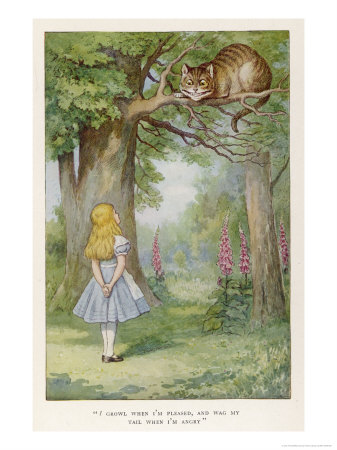
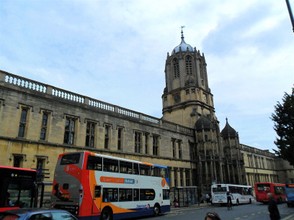
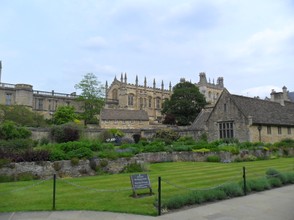
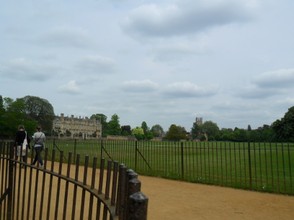
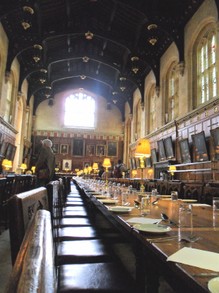



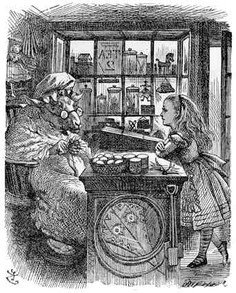
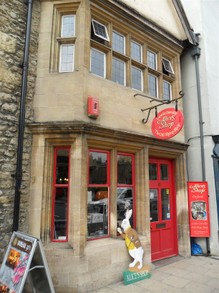
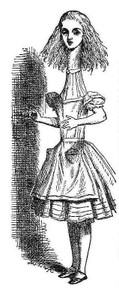
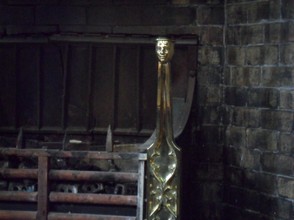
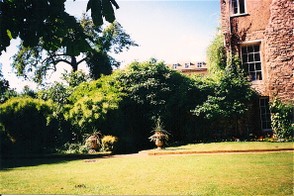







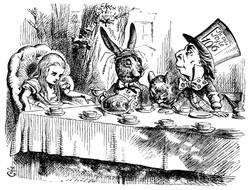

 Tips To Help You Stay On A Fitness Routineon 07/25/2013
Tips To Help You Stay On A Fitness Routineon 07/25/2013
 Tips To Look Out For In A New Relationshipon 07/24/2013
Tips To Look Out For In A New Relationshipon 07/24/2013
 Four Stupid Movieson 07/24/2013
Four Stupid Movieson 07/24/2013
 Five Stupid Songson 07/21/2013
Five Stupid Songson 07/21/2013

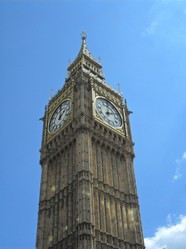
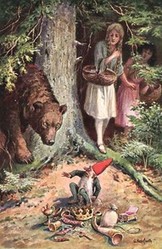
Comments
Ha ha, sigh indeed.
We "studied" Alice in High School... nothing puts a person off a book quicker than studying it.
What I remember most is the teacher adding questions to the exam that were taken from the lyrics of the Jefferson Airplane song to try to help along those who didn't want to read. Sigh
Thanks for the comment...yeah, sometimes finding the "meaning" of something helps understand it, sometimes it ruins the enjoyment of it, doesn't it?
Thank you!
Yikes! That sounds really unpleasant, sorry to hear it! I actually have a problem recognizing faces that's somewhat similar...but NOT accompanied by migraines...fascinating...
Very interesting. I didn't know about all the suspicions of Lewis Carroll or Charles Dodgson. Not too surprising. People look for hidden meanings everywhere. I always just enjoyed the books as a fantasy.
Interesting and well written article! Many thanks.
I've also heard it suggested that Lewis Carroll suffered from classic migraines. I have these too and the Cheshire Cat grin certainly fits perfectly into what you see. I can look at a person and everything but their eyes has disappeared, or their nose, or... well, their smile.